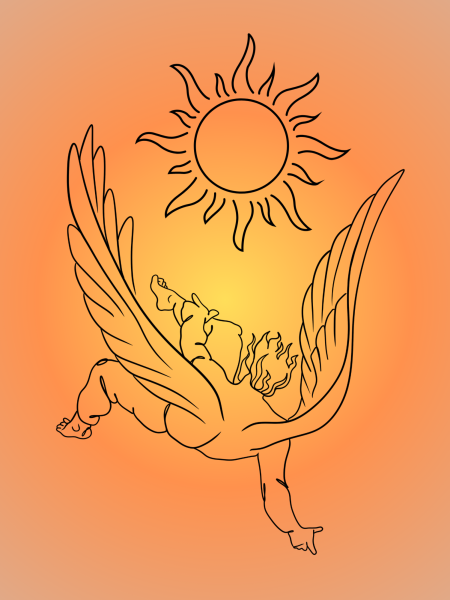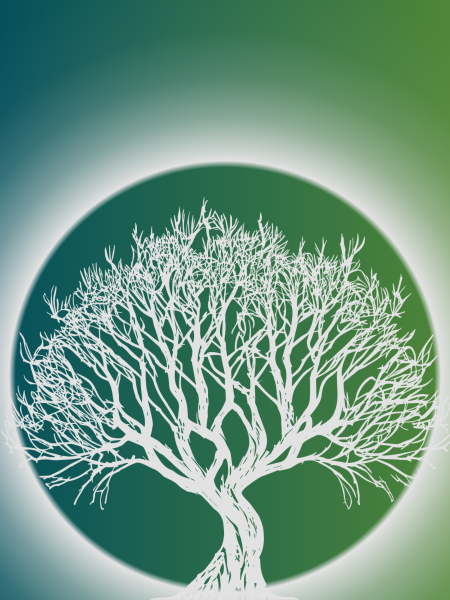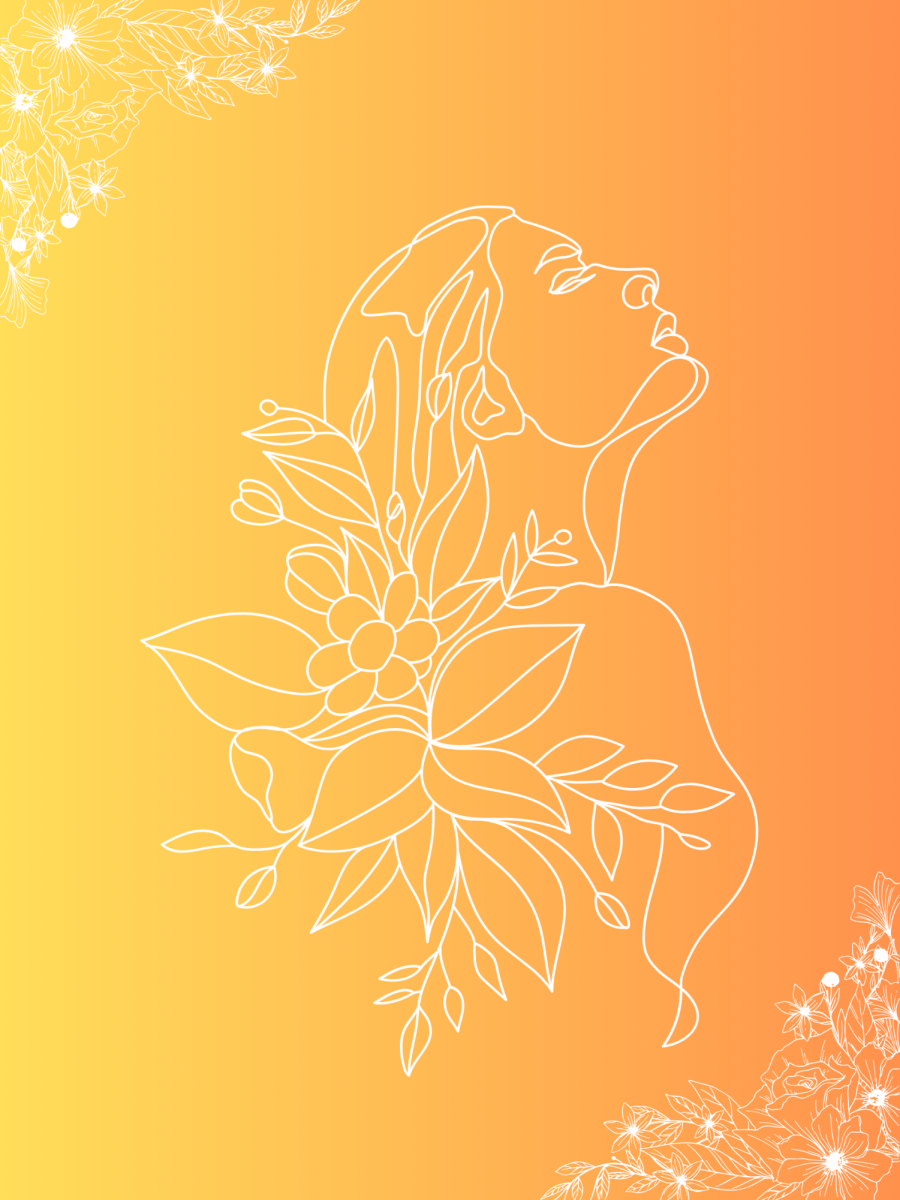Many different types of mythology and stories have been told throughout the years; unfortunately, most are not taught in schools, so most people aren’t able to learn about some beliefs due to their lack of recognition However, most mythology has been around longer than others, while some might have once been tied together before being severed from each other. This may have happened because certain areas were conquered and forced to convert from one religion to another or simply broke apart due to disagreements causing stories to be lost in history.
The most remembered and iconic mythology, Greek mythology, is often one of the most popular mythologies preserved and remembered through its stories and practices so how about we start there?
Greek Mythology
Greek mythology is one of the most remembered and most known polycystic mythology. This mythology consists of tales and characters we might know very well, such as Hercules, Zeus, Hades, Poseidon, Hera, and many more. The more commonly known stories that people may recognize are the tales about Icarus and how he flew too close to the sun and fell when the wax wings Apollo had given him melted. There’s also the tale of Hades and Persephone and their odd and somewhat poetic love story. Either way, despite what tale you know or you don’t know, it’s important to know just where this wondrous tradition came from.

The earliest count of Greek mythology dates back to 700-750 BCE and was supposedly written by Hesiod, a poet who had written Theogony ( written as an origin of the Greek gods and goddesses). The poem was a genealogy that consisted of different myths surrounding the gods. This could be compared to the modern-day bible, but rather than for just one god, it was for many. Hesiod’s poem was composed of myths, things on mortality, and morals.
Greek mythology originally consisted of stories from the Minoan civilization of Crete, an island in Greece from 3000 to 1100 B.C.E.
Norse mythology
Norse mythology was one of the more common polycystic mythology found within the Scandinavian grounds, including modern Denmark, Norway, and Sweden. During this time (1814) Denmark and Norway were separate countries. During this time Scandinavia and a good chunk of Europe were home to many Viking villages. In these villages, Norpaganismism was the primary religion despite their participation in many other polycystic religions. While it is not specified what those other pagan religions are, one that is definite is their belief in Norse mythology.
As https://www.worldhistory.org/article/1836/ten-norse-mythology-facts-you-need-to-know/ tells us Norse was introduced to the Scandinavian world during c. 2300 – c. 1200 BCE because the Norse deities were brought from Germanic migrations before Christianity had spread throughout the world.

A few people may be aware of certain myths much like in Greek mythology such as the tale of Odin, the all-father, whose tale follows his desire for knowledge and where he had sacrificed his left eye to the tree of knowledge. Now that’s the simplified version because Odin’s story can be more complicated, He has many titles due to certain things; some of his titles are the God of war and death. https://historiska.se/norse-mythology/odin-en/#:~:text=Odin%20has%20many%20names%20and,that%20happens%20in%20the%20world Then tells us that he would also rule over Valhalla or the realm of the dead for worriers that had died in battle.
There are a few other pagan religions that can be tied into Norse mythology such as Germanic mythology, Germanic paganism was the main religion that was practiced in the region that is now Germany, and was a collection of Norse mythology, Anglo-Saxon mythology, and most important piece Continental Germanic mythology, While it did pick some stories from other pagan religions did have its myths that are purely just from Germanic Mythology.
Slavic Folklore
Slavic Folklore was the main mythology within the Slavic regions which included Belarus, Russia, and Ukraine which are the East Slavic regions but also the West Slavic regions such as The Czech Republic, Poland, and Slovakia.
When Slavic Folklore was introduced somewhere between the 8th century and the 13th century the four different regions ( East, West, South, And North) had split up due to differences in beliefs, so following 2-4 century AD; there were about four different types of Slavic folklore.
Religions splitting up due to belief differences is not something new; we’ve seen this with Christianity, Mormonism, And Catholicism.
Where it’s the same system but told differently, Slavic folklore holds a celebration, similar to Greek and Swedish paganism as shown in a photo in a photo shared by https://www.thoughtco.com/slavic-mythology-4768524 where it’s called Kupa Night or kaplua, where it begins in the spring and celebrates the earth, rebirth, and the newly brought harvest. During this celebration, they pay thanks to the gods and goddesses who are responsible for the new growth. This celebration was celebrated by everyone by decorating animals and people, they would collect herbs, and even jump over fires. During this, the high priest would build a large straw statue that represented winter and death and ask the people if they could still see him when he went behind it, when they would answer, whether that be a no or a yes he would light the statute and pray and plead to the gods for a joyous spring and summer.
Some of their stories and legends include Svarog, the god of fire and blacksmithing, Svetovid, the god of war, fertility as well and abundance he would be one of many gods that be celebrated during Kupa, and Puran, the god of war, Justice, lightning and thunder, to know more about him please watch https://www.youtube.com/watch?v=RIuuh9jQ4i4&t=345s
While there are more known Mythology and folktales, there are also millions that have rarely been discovered or have been completely abandoned. This causes thousands of different parts of worldwide history to be forgotten, so here’s a question for you: What mythology would you like to know more about?



